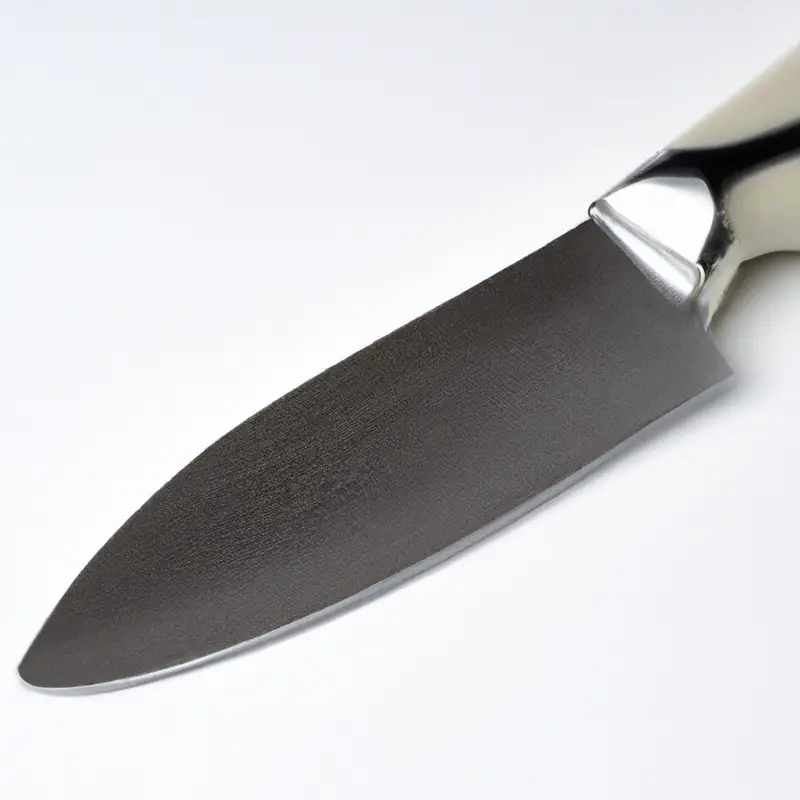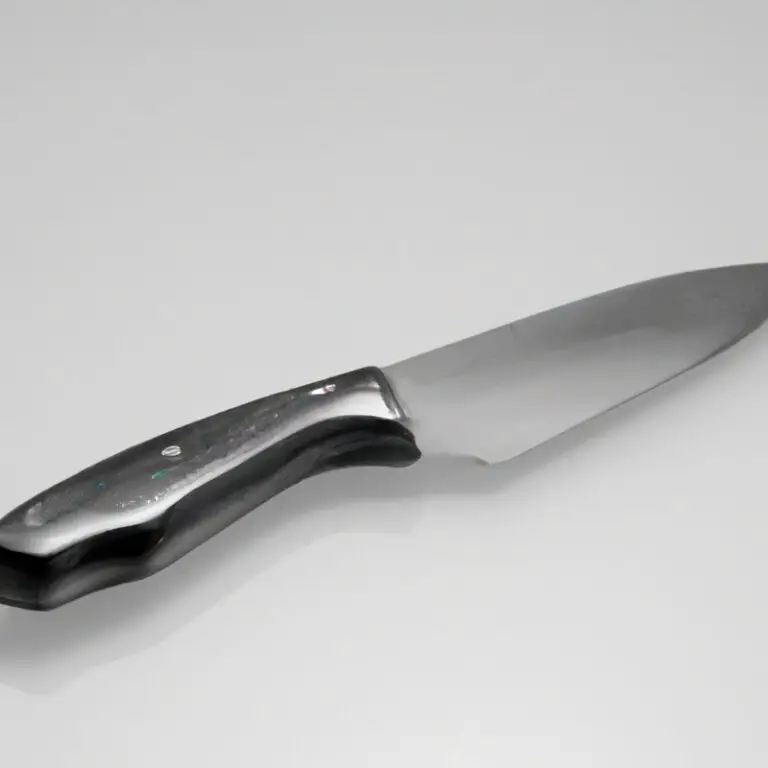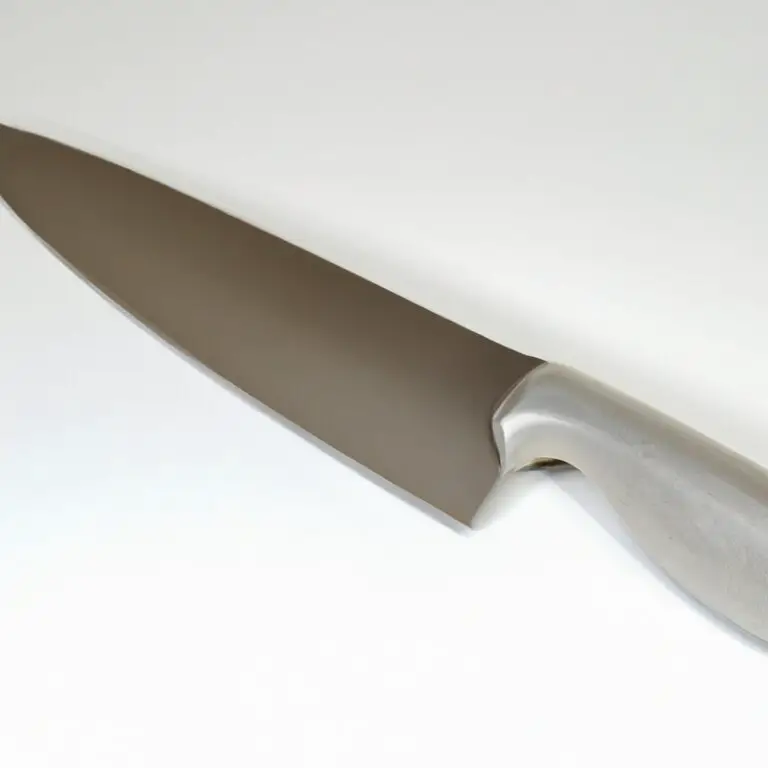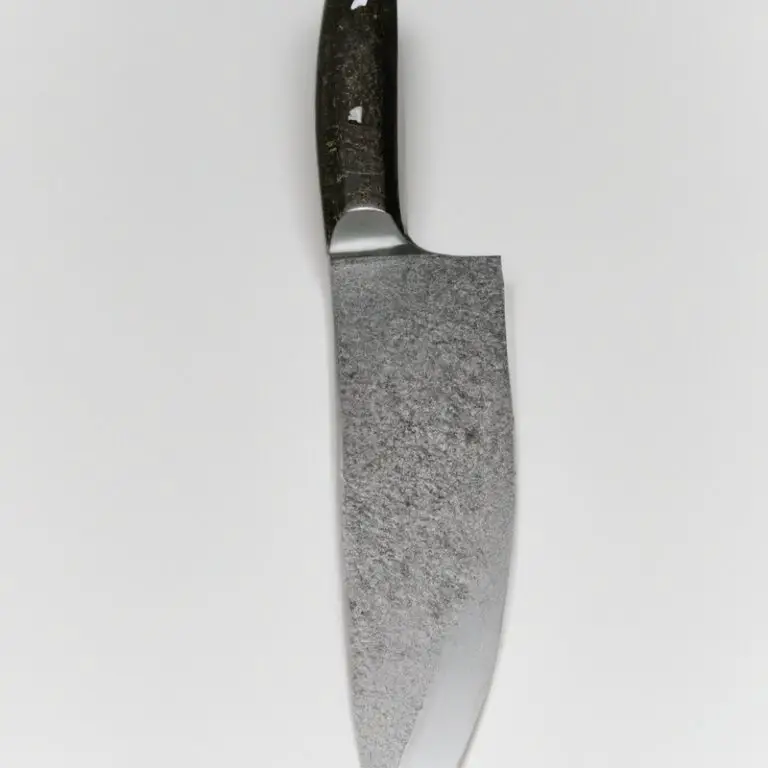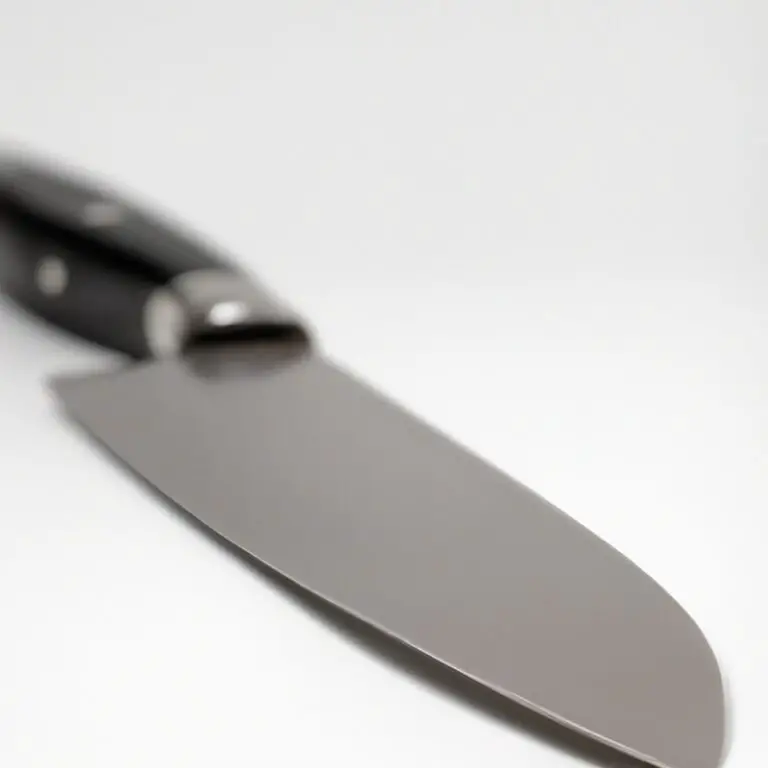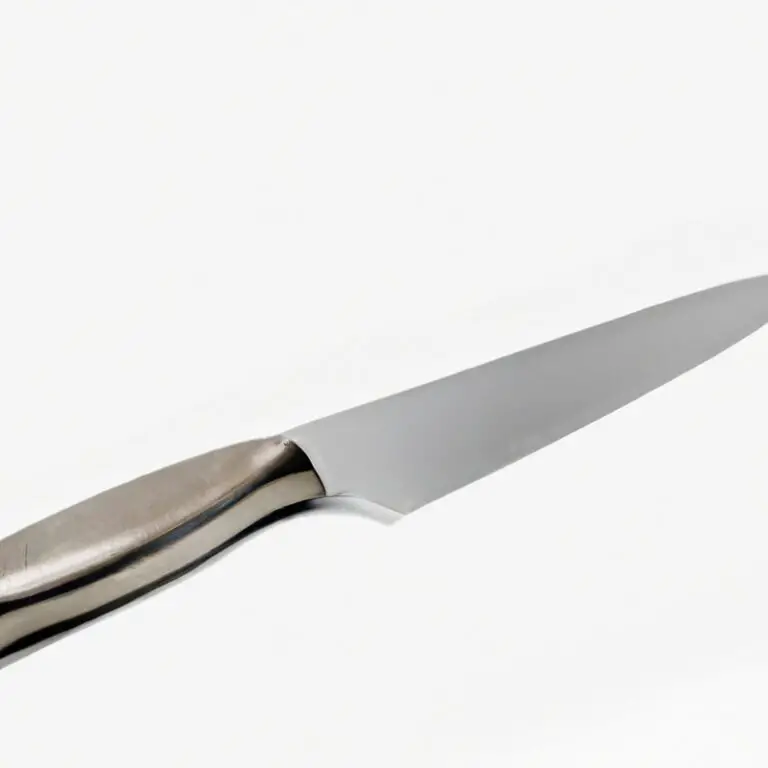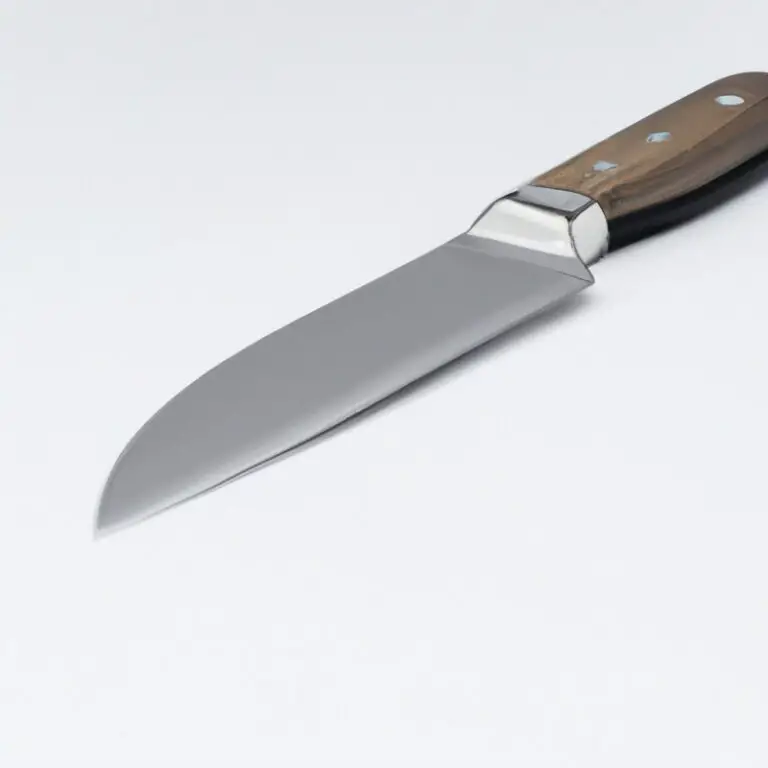What Is a Paring Knife Used For? Get Slicing!
Key Takeaways:
- A paring knife is a versatile tool used for peeling, trimming, and shaping fruits, vegetables, and other delicate foods.
- Its small size and sharp blade make it ideal for intricate tasks that require precision and control.
- When choosing a paring knife, consider the blade material, handle comfort, and overall balance for optimal performance.
- Proper care and maintenance, including sharpening and regular cleaning, can extend the lifespan and effectiveness of your paring knife.
Have you ever found yourself struggling to cut small fruits or vegetables with a regular chef’s knife? If so, you may want to consider adding a paring knife to your kitchen arsenal.
Paring knives are small knives that are designed to handle precision cutting tasks like peeling, trimming, and slicing small ingredients.
But with so many options available in the market, it can be difficult to determine what makes a good paring knife. In this article, I’ll break down everything you need to know about paring knives, including their uses, benefits, and how to safely use and maintain one.
| Paring Knife Uses | Description |
|---|---|
| Mincing shallots, garlic and fresh herbs | A paring knife is perfect for smaller jobs like mincing herbs as its pointed tip makes it easier to get into tight spaces. |
| Paring fruits and vegetables | When it comes to peeling fruits and veggies, a paring knife is the ideal kitchen tool for the job. |
| Preparing garnishes | Since a paring knife is small and precise, it can quickly transform a carrot, apple or other produce into an impressive garnish. |
| Trimming meats and poultry | The sharp and slender blade of a paring knife is perfect for trimming fat and separating meat from bone in smaller cuts, such as chicken breast or filet mignon. |
| Sharpening pencils or opening packages | While a paring knife shouldn’t actually be used for sharpening pencils, its size and shape can make it a handy stand-in in a pinch, like opening packages or trimming tape or labels. |
Different types of paring knives available in the market
There are different types of paring knives available in the market, each with unique features to cater to specific needs. Here are some common types of paring knives:
- Classic Paring Knife: This is the standard paring knife with a 3-4 inch blade. It’s versatile and suitable for a variety of tasks.
- Bird’s Beak Paring Knife: This type has a curved blade that looks like a bird’s beak. It’s ideal for peeling round fruits and vegetables.
- Sheep’s Foot Paring Knife: This type has a straight blade with a slightly curved edge, which makes it ideal for chopping and slicing.
- Serrated Paring Knife: The serrated edges make this type ideal for cutting softer foods without crushing them, such as tomatoes or bread.
- Japanese Paring Knife: This type has a thinner and sharper blade than other types, making it ideal for intricate peeling and trimming tasks.
When choosing a paring knife, it’s essential to consider the type of task you intend to perform. A good paring knife should also be comfortable to hold and have a sharp blade.
What makes a good paring knife?
A good paring knife should have a blade length of 3-4 inches, a sharp edge, a comfortable handle, and a balanced weight distribution. Look for a blade made from high-quality stainless steel or carbon steel, as it helps maintain a sharp edge and resists corrosion.
The handle should be easy to grip and made from a material that provides a secure and comfortable hold, like wood, plastic, or rubber.
A good paring knife also needs to have a well-formed tip that allows for precise cuts in tight spaces. Lastly, a good paring knife should be easy to clean and maintain.
Uses and benefits of a paring knife
A paring knife is an essential tool for any home cook or professional chef due to its versatility and precision. Here are some common uses and benefits of a paring knife:
- Peeling and trimming fruits and vegetables: Paring knives are perfect for precise peeling and trimming tasks, such as removing the skin of an apple or trimming the ends of green beans.
- Creating intricate cuts: Paring knives are smaller and more maneuverable than other knives, making them ideal for creating detailed cuts, such as carving out tomato cores or carving designs into fruits.
- Deveining and butterflying shrimp: The sharp tip of a paring knife is perfect for deveining and butterflying shrimp.
- Cutting citrus: The serrated edge of some paring knives makes them great for slicing through the tough skin of citrus fruits.
- Garnishing: Paring knives can be used to create intricate and beautiful garnishes, such as carving radish roses or making melon balls.
In addition to their versatility, paring knives are also easy to handle and maintain. They are small enough for precise cuts and can be sharpened easily.
Overall, investing in a good paring knife is a valuable addition to any kitchen.
How to hold and use a paring knife safely
Hold the handle of the paring knife in your dominant hand, positioning your index finger on top of the handle and your thumb at the bottom. Ensure a firm grip by wrapping your remaining fingers around the handle.
Make sure the blade is perpendicular to the cutting surface and your fingers are out of the knife’s path.
Cut slowly and carefully, using a sawing motion, applying little pressure to avoid injuries. Clean the blade with a damp cloth and store it in a secure location away from children.
Tips for maintaining a paring knife’s sharpness and longevity
To maintain a paring knife’s sharpness and longevity, follow these tips:
- Hand wash your knife with mild detergent and avoid using the dishwasher. High heat and harsh detergents can damage the blade’s edge.
- Dry the knife immediately after washing it. Moisture left on the blade can lead to rust and corrosion.
- Use a honing steel to sharpen the blade regularly. This helps maintain the knife’s edge and extends its lifespan.
- Store the knife in a knife block or magnetic knife holder to protect the blade’s edge from damage.
- Avoid cutting on hard surfaces like glass or ceramic. These materials can dull the blade quickly.
By following these simple tips, you can ensure that your paring knife stays sharp and lasts longer, making it a valuable addition to your kitchen toolkit.
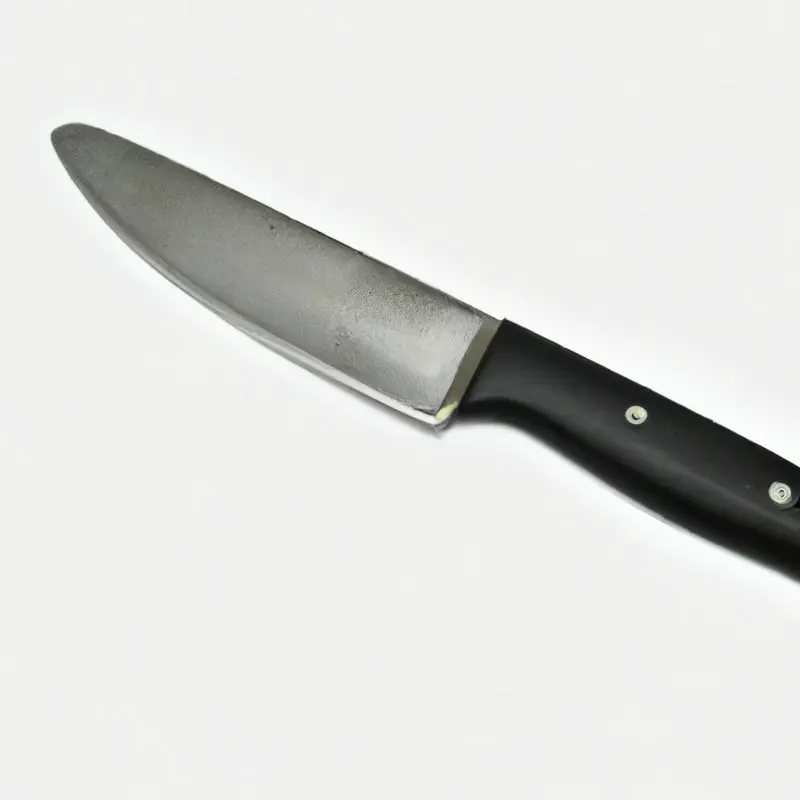
Paring knife vs other knives: what are the differences?
Paring knives differ from other knives in their size, shape, and functionality. Unlike larger knives, paring knives have a small and pointed blade that allows for precise cutting and trimming of fruits, vegetables, and meats.
They are also lighter and more agile, which makes them excellent for intricate tasks like peeling, coring, and removing seeds.
Comparatively, chef’s knives, serrated knives, and santoku knives are bulkier, and their blades are broader and heavier. These knives are better suited for bigger chopping tasks, such as cutting through bones or slicing dense foods like bread.
Their size and weight make them less agile than paring knives, which can decrease their precision.
Overall, paring knives excel at small, delicate tasks and are a valuable addition to any kitchen. However, they are not a substitute for larger knives, and both are necessary for a well-rounded knife set.
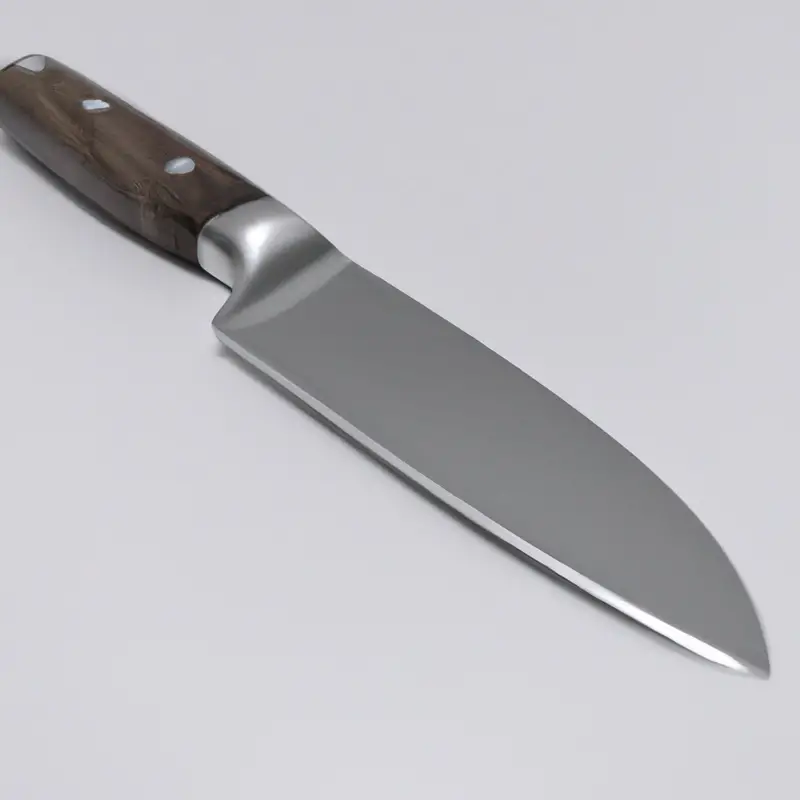
Top recommended paring knives by experts
Top recommended paring knives by experts include Wüsthof Classic Ikon, Zwilling Four Star, and Global GSF-15. Each of these knives boasts a sharp edge and comfortable grip, making them essential tools for precision tasks like peeling and trimming fruits and vegetables.
When choosing a paring knife, it’s important to consider the blade material, blade length, and handle design to ensure optimal performance.
Expert recommendations can provide valuable insights into the top-performing models and help buyers make informed purchasing decisions.
Final Verdict
A paring knife is an essential tool in any kitchen, offering unparalleled precision and control for intricate cutting tasks. From peeling and trimming to carving and shaping, this versatile knife is capable of handling a wide range of foods with ease, making it a must-have for any home cook or professional chef.
By understanding what makes a good paring knife, how to properly hold and use it, and how to maintain its sharpness over time, you can ensure that your paring knife remains a reliable and long-lasting tool in your kitchen arsenal.
With the top recommended paring knives by experts in mind, you can confidently look forward to exploring new culinary horizons with the help of your trusty paring knife.

